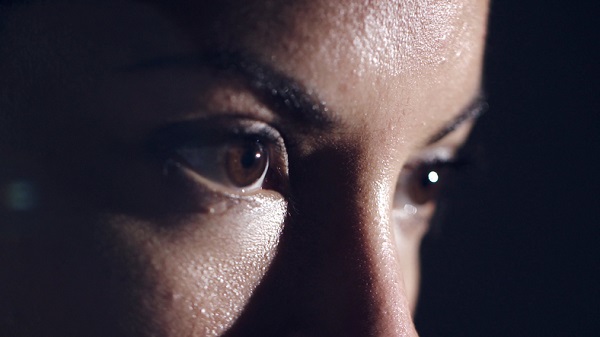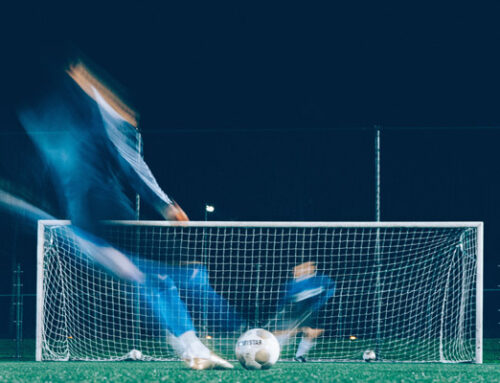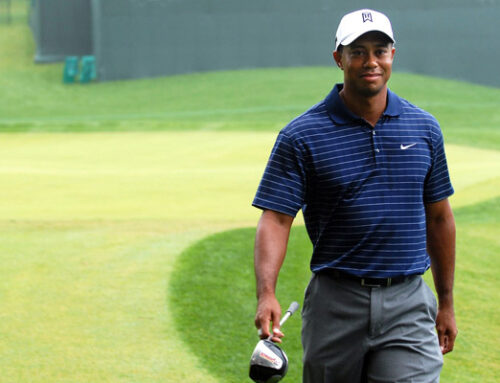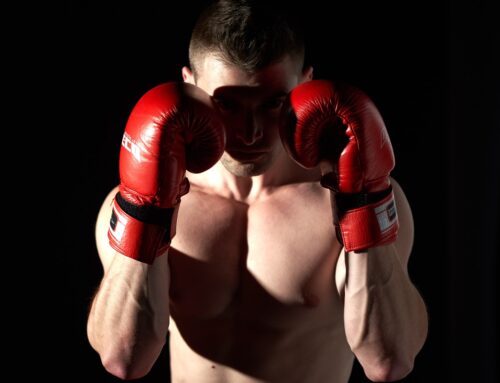Mental Visualisations: What Are They?
Mental imagery or mental visualisation in sports involves mentally visualising one’s sport.
For instance, I can imagine myself playing soccer as if I were actually playing: see the field, my teammates, my opponents, the ball, etc. feel the sensations in my body when I play, even see the ball trajectories, etc.
Mental visualisation in sports is therefore about seeing in images, experiencing a situation, activating different senses to live a sensory experience similar to a real situation.
In reality, all athletes already do this, often without realizing it.
However, not always in an adequate manner, as the positive impact on performance will be optimal only under certain conditions: visualising successes, using exercises tailored to specific moments, and most importantly, visualisations must be adapted to the athlete’s level and functioning.
Mental visualisations in sports require specific training.
The Impact of Mental Imagery in Sports on Performance
It has been realized that high-level athletes have excellent visualisation skills for their performances in competitions. They have a better ability to activate positive scenarios in their minds. They are called “good imaginers.”
Also, 95% of Olympic athletes say they practice mental imagery, and all research shows that mental imagery training has positive effects on athletes’ performance in competitions and training.
Why Is Mental Imagery in Sports Effective?
But why is this mental imagery ability, which can be trained like physical conditioning, more developed according to the athlete’s level?
Because in reality, the brain records imagined movements in memory, and records positive movements and scenarios that will impact performance.
For example, if you vividly imagine taking a perfect free kick in visualisation, the brain records the event.
The more we visualise, the more the brain retains information that can become automatic and allow training without playing!
Mental visualisation in sports is therefore also very useful during injury periods.
“While injured, while watching matches, I imagined how to counter this or that attacker, what pass to make. I learned that progress can be made even without being able to practice.” Vincent Kompany
Mental Visualisations and Technical Movements in Sports
It is possible to use mental visualisation exercises to improve one’s technique.
For example, you can visualise your tennis serve to train it: visualise the court, the precise spot where I will serve, activate all the bodily sensations (arms, etc.), feel the spin and power I put, imagine the sound (ball contact with the racket and then the ground), etc.
Preparing for Sports Competitions with Mental Imagery
A series of techniques are useful to prepare for competitions, to activate athletes’ potential.
By visualising successes, I allow my body to pre-activate and have the feeling of having already played while also concentrating and getting into my zone.
“Before playing a match, I see myself playing points that are typically adapted to my opponent’s style. This helps me mentally prepare, and when I step onto the court, it feels like I’ve already played” Roger Federer
“Before each shot, I go to the camera in my head… This personal camera is a key to my concentration and a positive approach to every shot” Tiger Woods
Training Mental Skills in Sports
Through mental visualisations, we train our technique, but more importantly, we train a whole series of other reflexes that the brain records, like the ability to stay focused and calm in crucial moments, or to build self-confidence.
Some techniques allow for activating specific mental states, such as the feeling of confidence or inner calm.
In this regard, you can read the article on resource anchoring.
Other techniques help to put oneself in situations and correct reflexes.
Concrete Example of Mental Skills
Let’s imagine an athlete who loses their composure in crucial moments, like during a tie-break.
They will experience mental imagery, as close to reality as possible, of a tie-break moment against a specific opponent, then activate a different attitude than usual: instead of getting too stressed and losing focus, the athlete imagines practicing calm breaths to reduce tension in the body, then imagines bouncing to reactivate themselves and thinks of a keyword that brings focus and prompts action (for instance, simply, “next point”).
They will then visualise playing with good sensations and using their usual strengths. By training these behaviors in thought, they will have activated a new reflex that they can more easily use in their next tie-break.
The use of imagery techniques is numerous and variable depending on the sport and each individual’s personality. In mental preparation, the athlete learns to train the techniques that suit them best, techniques that will gradually become automatic.
Internal and External Mental Imagery
“Before each shot, I visualise with the camera I have in my head… it’s a key to my concentration and a positive approach to every shot…” Tiger Woods
If I experience the experience from within, I’m engaging in internal imagery.
Conversely, if I see myself from the outside, a bit like when I watch a video, I’m engaging in external imagery.
Some sports, especially team sports, require external imagery ability (to have a vision of oneself within the group and anticipate actions in connection with others).
Others, like individual sports such as tennis, use more internal imagery as a tool to enhance performance.
More articles related to this theme:




